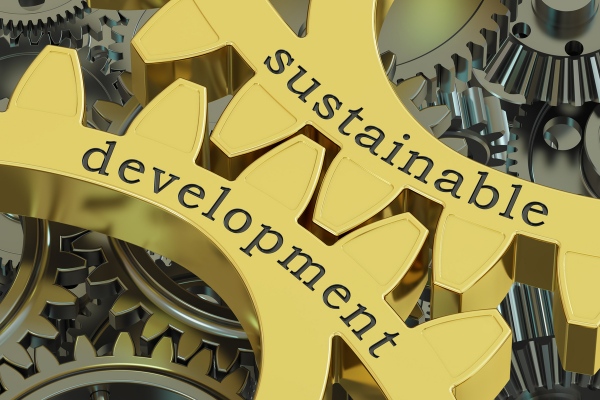

Sustainable development embodies a holistic approach to meeting our needs without compromising the ability of future generations to meet theirs. This concept extends beyond environmental implications; it integrates economic growth, social inclusion, and environmental protection.
As we stand at a critical juncture in global development, recognizing and implementing sustainable development practices is essential for fostering resilience against climate change and promoting equitable resource distribution.
The Brundtland Report of 1987 is a cornerstone in the history of sustainable development, providing a clear definition that encompasses multiple dimensions of human well-being. It emphasizes that sustainable development must strive to meet the needs of the present without jeopardizing future generations’ ability to meet their own needs.
This involves a careful balance between economic viability, social equity, and environmental integrity. At its core, sustainable development encourages responsible resource management.
This is crucial for reducing environmental degradation while fostering economic growth. Policymakers and stakeholders today are often grappling with the need for sustainable practices that do not stifle economic development. Thus, sustainable development represents not just an ethical mandate but also a pragmatic approach to long-term growth.
Communities worldwide are increasingly understanding the significance of local sustainability initiatives. Local options encompass various strategies that individuals and local governments can employ to promote sustainability in their ecosystems.
Initiatives like community gardens, local farmers’ markets, and solar energy projects provide tangible benefits by reducing carbon footprints and fostering community engagement. Whether you are looking for sustainable infrastructure Australia, America, or Europe, each region can offer unique solutions to specific local challenges. For instance, Australia has seen a rise in green building practices aimed at enhancing energy efficiency in urban areas.
Similarly, American cities have embraced public transportation upgrades as sustainable alternatives to reliance on automobiles. In Europe, many regions are investing in sustainable urban development to combat air pollution and urban sprawl. These examples highlight that local solutions not only make a positive impact on the environment but also enrich community ties and enhance the quality of life for residents.
Effective policy serves as a crucial guiding force in the quest for sustainable development. National, regional, and local governments play pivotal roles in fostering sustainable practices. Governments can have a big impact on how people, companies, and communities behave by creating laws that promote ecological sustainability.
Incorporating environmental considerations into legislative agendas can lead to innovative solutions, such as tax incentives for green practices or restrictions on pollutants. Policymakers must collaborate with businesses and communities to establish common goals and share ownership of sustainability efforts. Such partnerships are essential for ensuring that the strategies implemented are both effective and welcomed by local populations, leading to long-lasting change.
Advancements in technology present immense potential for promoting sustainable development. Innovations in renewable energy, waste management, and smart agricultural techniques are transforming how we approach sustainability.
For instance, solar and wind energy technologies are becoming increasingly viable options for reducing dependence on fossil fuels. Technology also plays a critical role in optimizing resource use. Smart grids can help manage electricity distribution more effectively, enhancing energy efficiency and reducing waste.
Within agriculture, precision farming techniques can minimize resource usage and maximize crop yield, ensuring food security while safeguarding natural ecosystems. These innovations have the capacity not only to drive economic growth but also to fulfill essential environmental goals.
While significant strides have been made towards sustainable development, numerous challenges remain. One major hurdle is the ongoing debate over balancing economic growth with ecological preservation.
Many industries still prioritize short-term gains over long-term sustainability, often leading to the exploitation of natural resources. Discrepancies between developed and developing nations pose additional challenges. Developing countries may lack the necessary resources or infrastructure to implement sustainable practices effectively.
International cooperation and investment are vital in addressing these disparities and fostering a global approach to sustainability. Public awareness and education about sustainability remain critical. Without a well-informed populace, efforts to achieve sustainable development may be undermined. Awareness initiatives that aim to educate individuals on sustainable practices affect not only personal habits but also influence broader policy discussions.
Understanding sustainable development is essential for navigating the complexities of modern society. By emphasizing a balance between economic growth, social equity, and environmental stewardship, we can cultivate systems that benefit current and future generations.
Local initiatives, robust policies, technological innovation, and increased public awareness are essential components of this global effort. Tackling challenges collectively and thoughtfully paves the way for a sustainable future for all.
